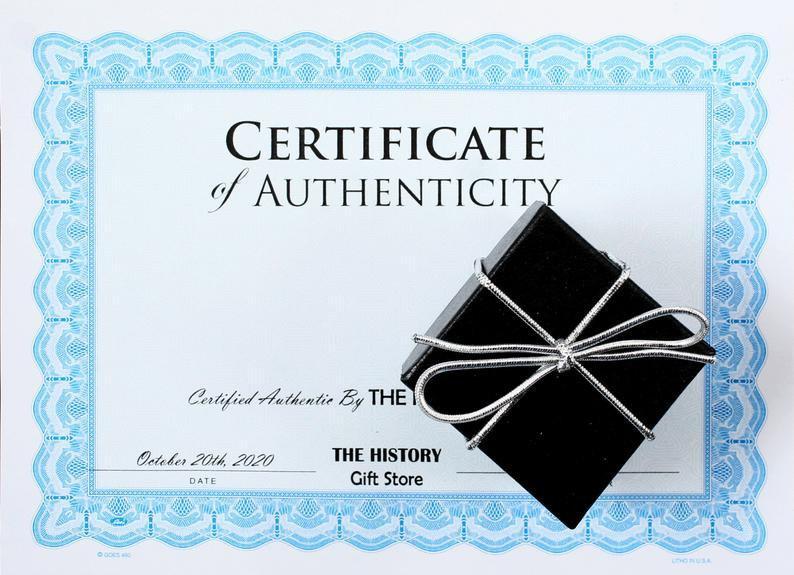Unmarked but obviously produced by Ames as the tooling specifically compares to production examples made for Civil War use which are encountered both marked (usually with 1862 date) and unmarked. The pattern was adopted in two variations for officer and seaman. The officer’s pattern (Peterson #140) varied from the seaman’s with scrolling foliage on the pommel. As well, the semi bowl guard was fluted cut out (pierced) with U S N. This example is fluted, but not pierced and the pommel is plain, without the floral scroll as adopted. The grip and scabbard conforming to the adopted pattern. The distinctive features are the guard, absolutely identical to officer’s swords but not pierced with the universal U S N. The key is the tooling: The guard accords in detail and dimensions with the production examples, indicating that the dies had been produced at the time when this sample was submitted. The other distinguishing feature is that the blade is unmarked, indicating that it was a prototype. In our collection for 40 years, it has been shown to those who need to see it with no constructive result, verifying its one of a kind identity. Clearly made by Ames, it represents the step before approval for production of the 1862 cutlass, possibly contending for approval as either the enlisted man’s or officer’s pattern. That dated Ames cutlass’ are dated 1862 and the Civil War broke out in April 1861 after 7 states declared their succession in February 1861 indicates that an immediate call for securing the coasts, the source of supply for the South, was made. The 1841 cutlass was Old School based on the Napoleonic/post-Napoleonic model of heavy blade suitable for whacking as a last resort. The 1860 cutlass was a cut (marginally) and thrust weapon and notably the only swords, other than cavalry, which were primary weapons. The dependence by the South on imports by sea foretold the need for extensive naval action to choke off the supply necessitating maximizing naval resources including adopting an improved cutlass.




















